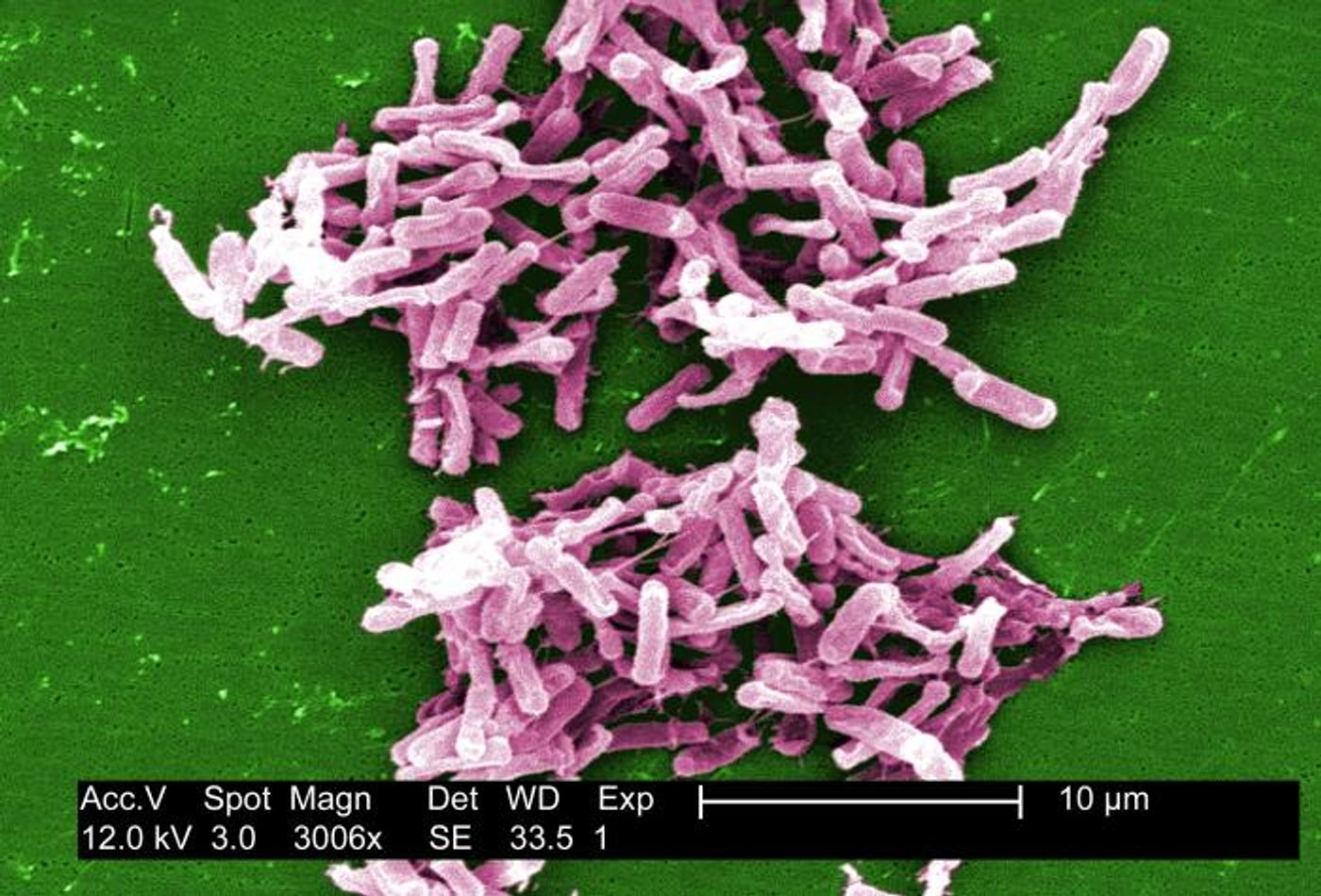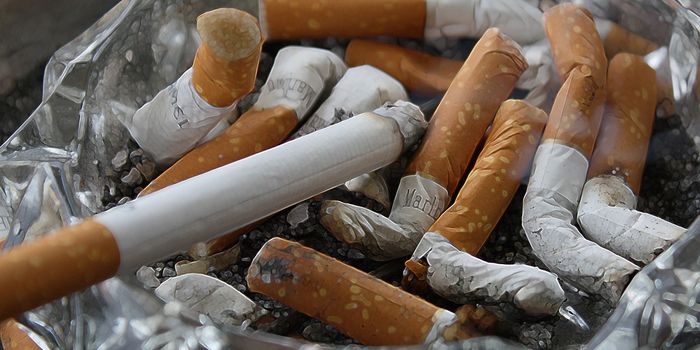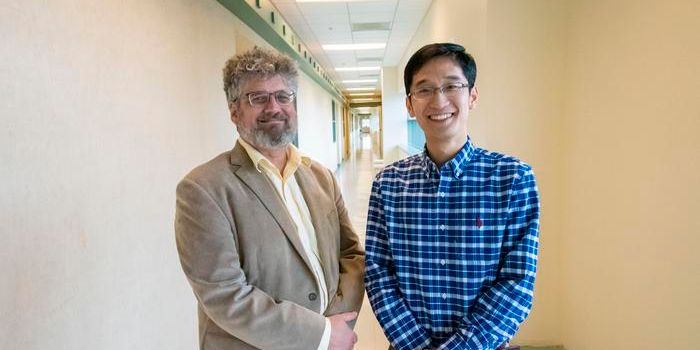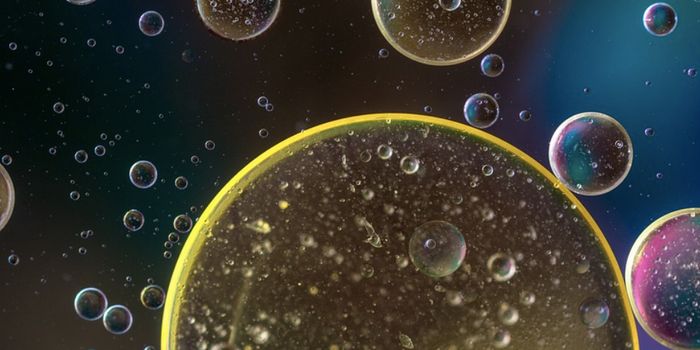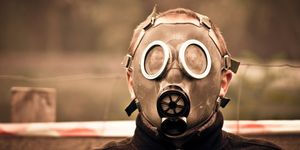A Pathogen That Has Evolved to Spread in Hospitals
The bacterium Clostridium difficile is the primary cause of infections that are acquired in hospital settings; it causes diarrhea and intestinal inflammation. The microbe is often found in the human gut, but when people are healthy, the many other bacteria in the gut microbiome keep the growth of C. difficile contained. People in hospitals often need to take rigorous courses of antibiotics that can dramatically reduce the number of beneficial microbes in the gut, however, giving C. difficile a chance to grow.
Researchers have now found that the C. difficile bacterium is evolving. One species is particularly adapted to hospital environments where it can easily move around. Reporting in Nature Genetics, the scientists identified changes in the bacterial genomes that have made it evade disinfectants, grow well, and flourish on a sugar-rich diet that’s typical of western foods. The evolution of the bacterium is strongly influenced by human behaviors.
"Our study provides genome and laboratory-based evidence that human lifestyles can drive bacteria to form new species so they can spread more effectively," noted the senior study author Dr. Trevor Lawley of the Wellcome Sanger Institute. "We show that strains of C. difficile bacteria have continued to evolve in response to modern diets and healthcare systems and reveal that focusing on diet and looking for new disinfectants could help in the fight against this bacteria."
In this study, the scientists gathered 906 different strains of C. difficile that were isolated from a variety of species including humans, dogs, horses, and pigs. They grew the bacteria and sequenced their genomes, and found the emergence of the two separate species. This research is thought to be the most comprehensive genetic study of the pathogen.
"Our large-scale genetic analysis allowed us to discover that C. difficile is currently forming a new species with one group specialized to spread in hospital environments," said the co-first author of the report, Dr. Nitin Kumar of the Wellcome Sanger Institute. "This emerging species has existed for thousands of years, but this is the first time anyone has studied C. difficile genomes in this way to identify it. This particular bacteria was primed to take advantage of modern healthcare practices and human diets before hospitals even existed."
It’s estimated that this bacterium began to appear around 76,000 years ago and may now be to blame for more than two-thirds of healthcare-related C. difficile infections. As modern hospitals were founded in the 16th century, the number of strains of the microbe increased.
After finding the emerging species, termed C. difficile clade A, the scientists showed that the bacterium grew better in mice when it was exposed to a diet that contained sugar. Bacterial genes that enable a microbe to grow tough colonies called spores were also different and gave the spores the power to resist disinfectants. This research can help improve infection control in hospitals and patients.
"This largest ever collection and analysis of C. difficile whole genomes, from 33 countries worldwide, gives us a whole new understanding of bacterial evolution. It reveals the importance of genomic surveillance of bacteria," said study co-author Professor Brendan Wren of the London School of Hygiene & Tropical Medicine. "Ultimately, this could help [us] understand how other dangerous pathogens evolve by adapting to changes in human lifestyles and healthcare regimes which could then inform healthcare policies."
Sources: Science Daily via Wellcome Trust Sanger Institute, Nature Genetics
-
APR 30, 2024Immuno-Oncology Virtual Event Series 2024
-
MAY 07, 20243rd International Biosecurity Virtual Symposium
-
SEP 03, 2024Microbiology Week Virtual Event Series 2024
- See More
